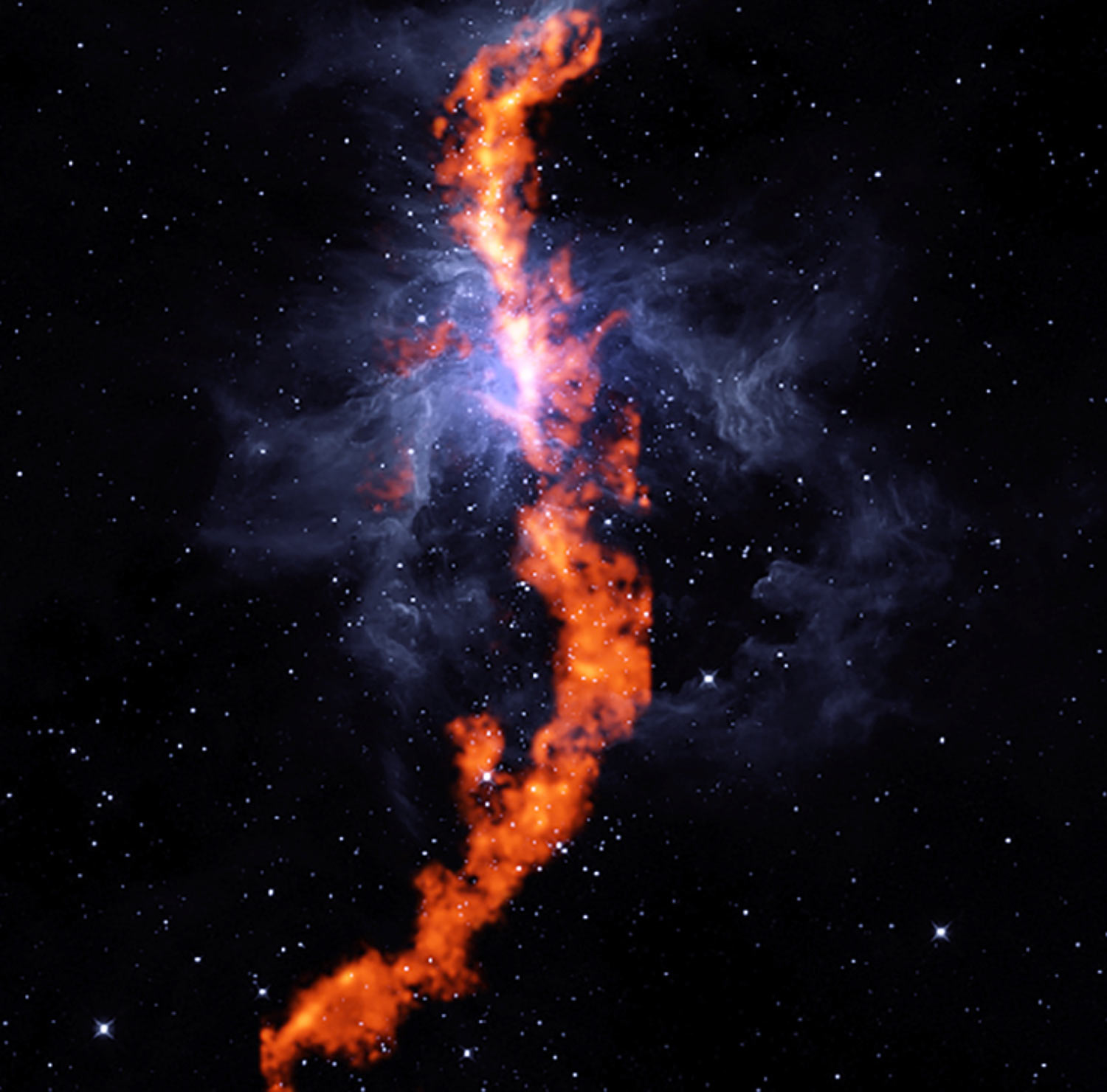Scientists have discovered that meteorites contain an excess of radioactive isotopes, indicating that shortly after the formation of the Solar System, a supernova exploded nearby. It could have completely destroyed our home, but it was protected by a molecular filament made of gas and dust, where our star was born.

Supernova explosion near the Sun
In April 2023, a group of scientists published a study on the isotopes found in meteorites. They noticed that carbonaceous chondrites, the most common “celestial stones,” showed a sharp increase in the radioactive isotope aluminum shortly after the formation of the Solar System.
The most likely source of these isotopes is a nearby supernova explosion that occurred around the same time as the formation of our Solar System. It is within such explosions that all heavy elements are created. This assumption has been suggested before, but it would have had one consequence that scientists didn’t know how to address.
The issue is that a supernova explosion generates a shockwave. If it had occurred very close to the Solar System, it would have caused its complete destruction. The gas and dust from which planet formation had just begun would have been blown away.
The Molecular Filament Could Have Protected the Solar System
In the new study, scientists put forward a hypothesis about how our Solar System could have avoided destruction. Stars are formed within molecular clouds. As the stars are born, the nebulae break up into separate filaments, resembling strings of beads with newly formed stars inside each bead.
If a supernova exploded near the Sun, the shockwave could have encountered a molecular filament containing the bead with our star inside. In this case, a portion of the destructive energy would have been spent on dispersing the filament.
Modeling conducted by scientists indicated that this process would have taken approximately 300,000 years. Essentially, the molecular filament acted as a buffer that saved our system from destruction. However, scientists currently do not know how to verify this hypothesis.
Source: phys.org
